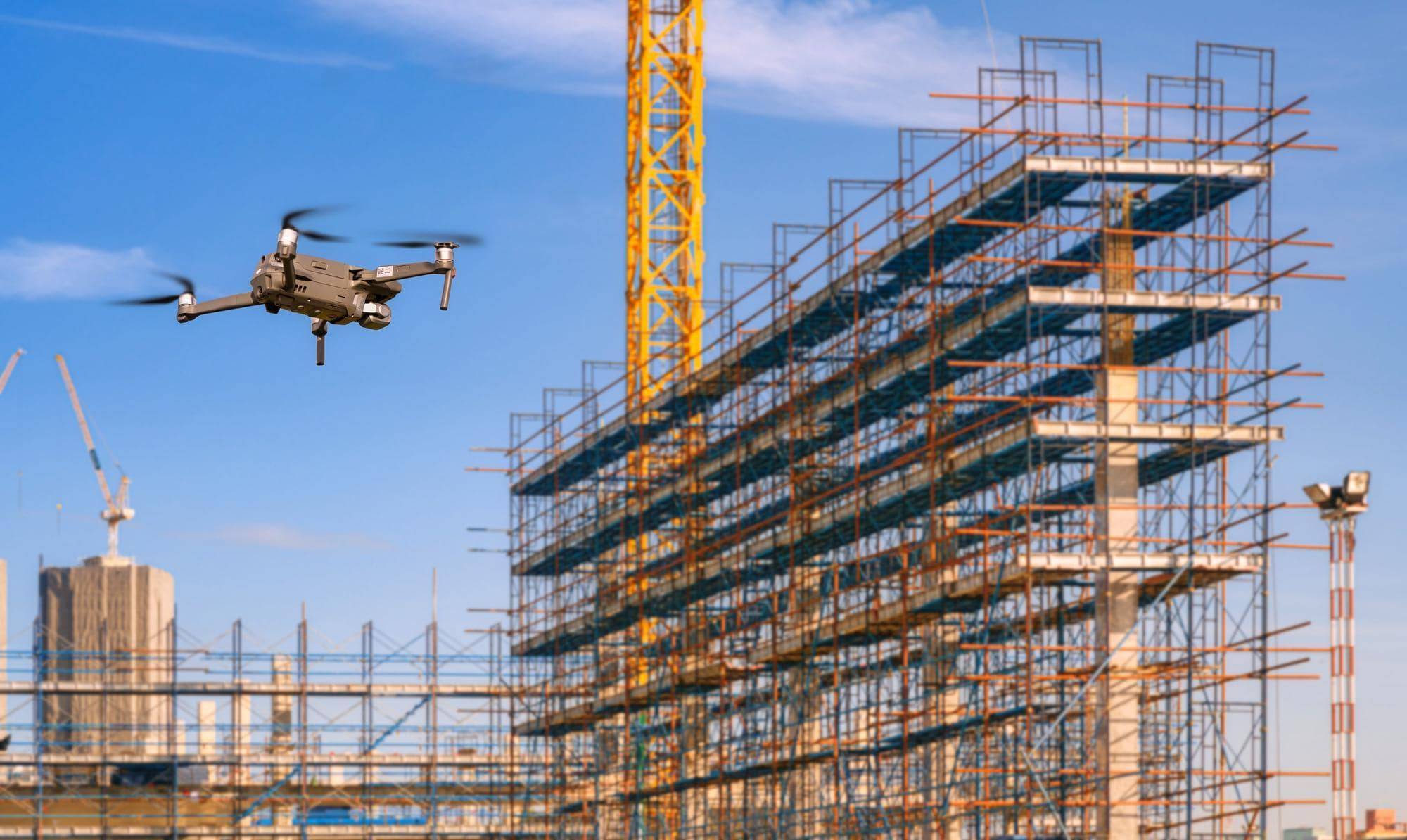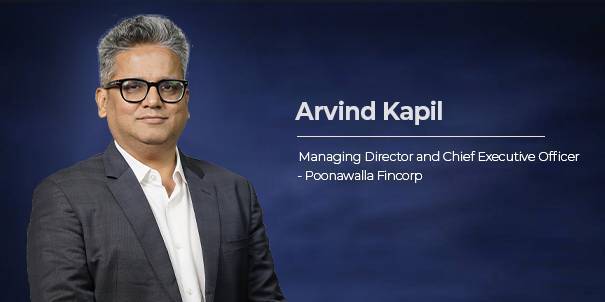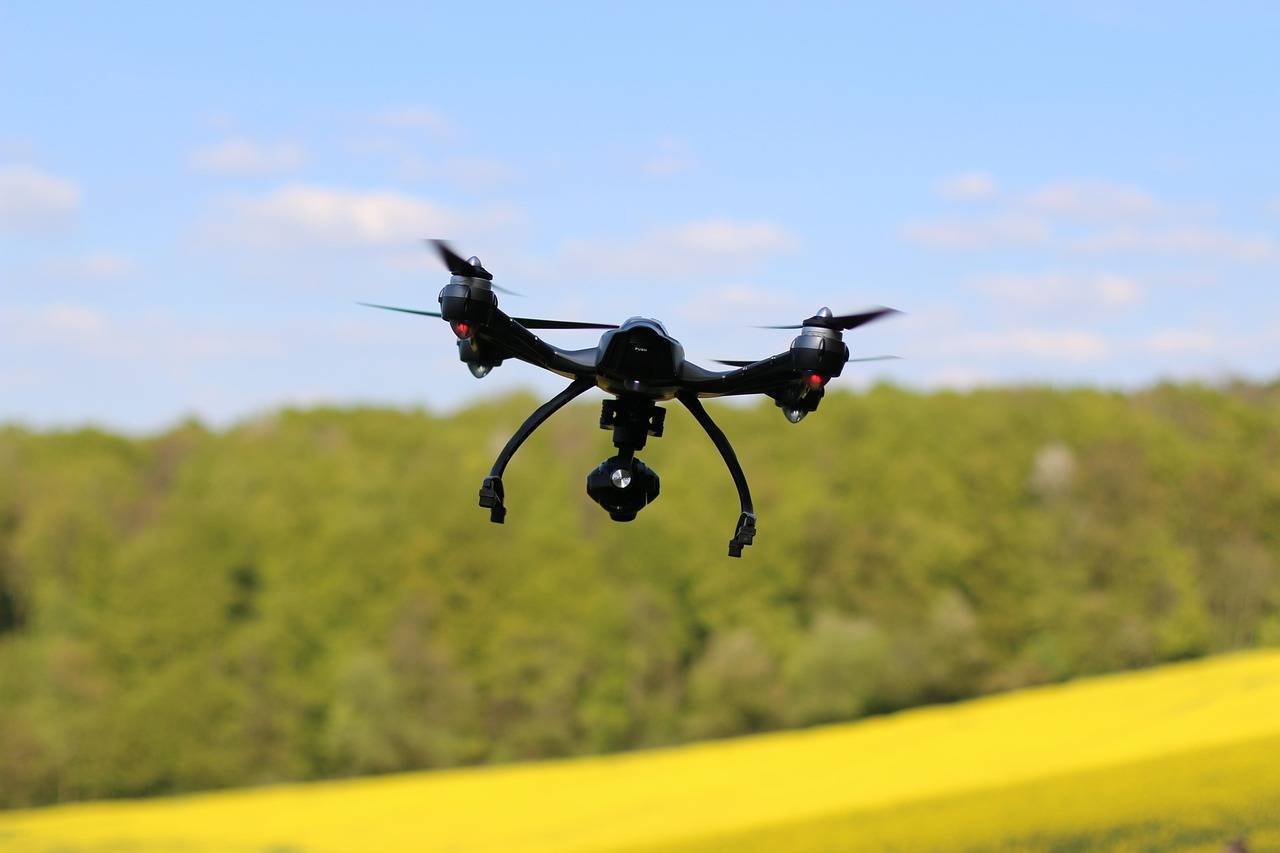The Bangalore Water Supply and Sewerage Board (BWSSB) has initiated a major technological upgrade to manage overflowing manholes in the city through robotic cleaners and artificial intelligence (AI) monitoring. The program is designed to enhance operational efficiency, reduce reliance on manual labor, and address public health and environmental concerns linked to sewer overflows.
Bengaluru’s sewer network covers approximately 11,900 kilometers and includes over 1.1 million sewer connections and more than 300,000 manholes. Rapid urban expansion, illegal connections, and aging infrastructure have put continuous pressure on the system, leading to recurring overflows, especially during the monsoon season. Traditional methods involving jetting and suction machines often struggle in narrow streets, congested neighborhoods, or complex junctions, leaving many complaints unresolved for extended periods.
The robotic system being deployed incorporates cameras and AI-guided navigation, allowing machines to move through dark and confined sewer passages. Live images transmitted to above-ground operators enable targeted cleaning in areas that are otherwise inaccessible. This technology is expected to significantly reduce response times, with the BWSSB aiming to address manhole-related complaints within 12 hours.
To gauge efficiency and cost-effectiveness, the initial rollout is structured as short-term service contracts rather than outright purchases. A pilot project valued at 500,000 rupees over 15 days has been proposed, with tenders inviting service providers to demonstrate their capabilities.
In parallel with robotics, BWSSB is reinforcing the city’s sewer infrastructure. Approximately 1,500 Double Iron (DI) pressure manhole covers will be installed in low-lying and high-traffic areas. These covers are designed to withstand heavy vehicular loads, reduce risks to pedestrians, and offer long-term savings due to durability and reusability.
Urban planners and sanitation experts highlight that combining AI, robotics, and upgraded physical infrastructure addresses both operational and safety challenges. Sanitation workers often face hazardous conditions during manual cleaning, and the introduction of automated systems reduces exposure to these risks while maintaining effective maintenance standards.
The project also represents a strategic step toward smarter city management. Integrating AI into sewer operations allows BWSSB to track issues in real time, optimize cleaning schedules, and prioritize high-risk locations. Over time, data collected through robotic inspections can support predictive maintenance, identify recurring problem areas, and inform future infrastructure upgrades.
With Bengaluru’s population continuing to grow and urban density increasing, the system’s ability to navigate complex sewer networks while reducing human intervention is critical. The initiative reflects broader trends in urban infrastructure, where technology and automation are increasingly deployed to enhance reliability, safety, and sustainability in essential civic services.









.png)